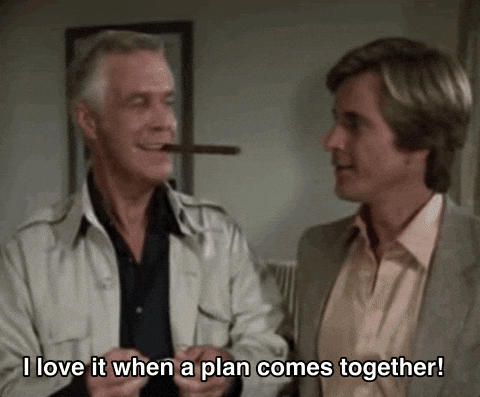
Every middle school student has taken a selfie
before and everyone can agree that good lighting is everything when wanting to
take a good selfie. Cameras are a complicated piece of equipment to understand
but is very educational when dissected. One of the main elements that a camera
focuses on is light. Light and light spectrums are topics taught in 8th
grade science classes. The piece of art that I have chosen to discuss is a
picture taken by Ted Kincaid. He took this picture by taking the light meter of
his Polaroid camera off. I am sure that everyone can imagine what would
happen if the light meter was disabled while taking a picture, the camera would
not focus on what you wanted it to. I think that this could be used in a
science class to help show the importance of the light meter to the camera. I would
show this picture and do an activity to further the idea of light and cameras. I
think it would be interesting if students could play around with cameras
themselves, disabling and enabling the light meter on them. This would allow students
to see for themselves how important light is to an everyday camera. Afterward,
a discussion about the science behind reflecting and refracting the components
of light in a camera would be engaging.


